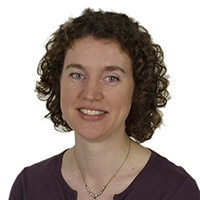Editorial issue 39 Editorial article

Why not take this opportunity to discuss climate change – and its effect on our oceans? These vast bodies of water respond to temperature changes in complex and sometimes counter-intuitive ways.
Counter-intuition is also key to one of the activities in this issue, an investigation of the physics of balanced forces. You could follow this up by challenging your students to use Newton’s laws of motion to perform some impressive tricks. Your students could then video some of these tricks to use as ‘hooks’ for science lessons.
In Germany, the Foehn – a dry, warm wind commonly associated with springtime – is often blamed for any number of complaints, including tiredness. Perhaps now is the time for you and your students to investigate the science of energy drinks? Whereas the 80 mg of caffeine found in an average can of energy drink might wake you up, pure caffeine is toxic and should be prepared only in very small quantities for the experiments. Similar considerations of toxicity drove one Hungarian teacher to develop a novel idea for microscale chemical reactions – in hydrogel balls.
From the very small scale to the very large: from the safety of your classroom, you could investigate celestial distances using parallax or learn how gravitational waves allow astronomers to ‘listen’ to the Universe. To detect other signals from space, some scientists even choose to work deep underground.
We hope that you enjoy these and the other articles in this issue of Science in School. Perhaps they’ll inspire you to submit your own article?





